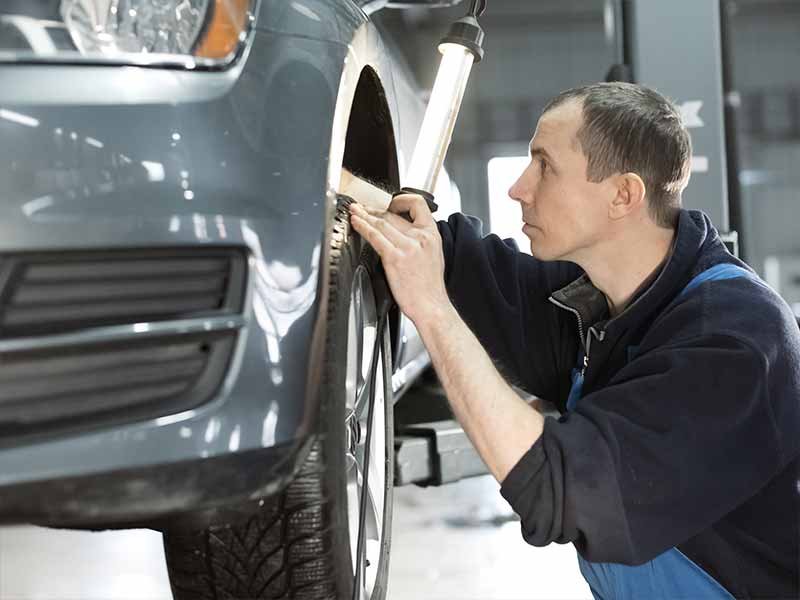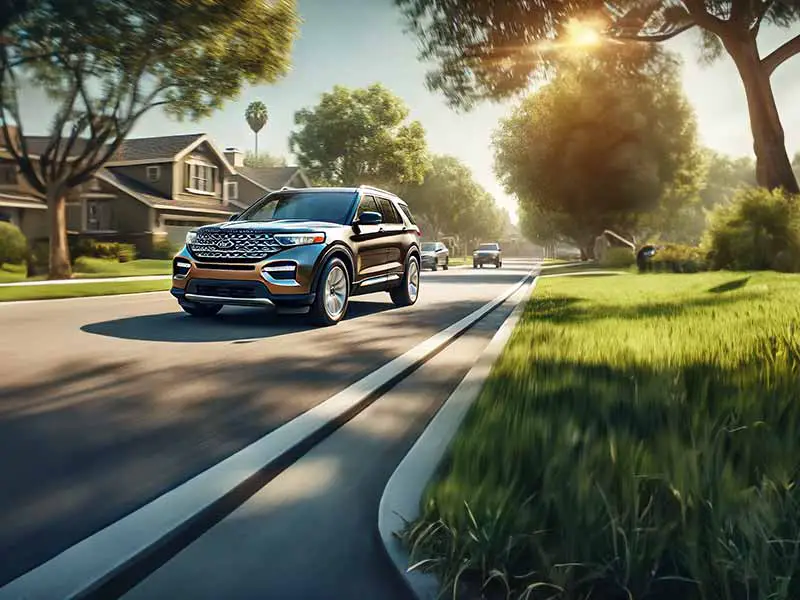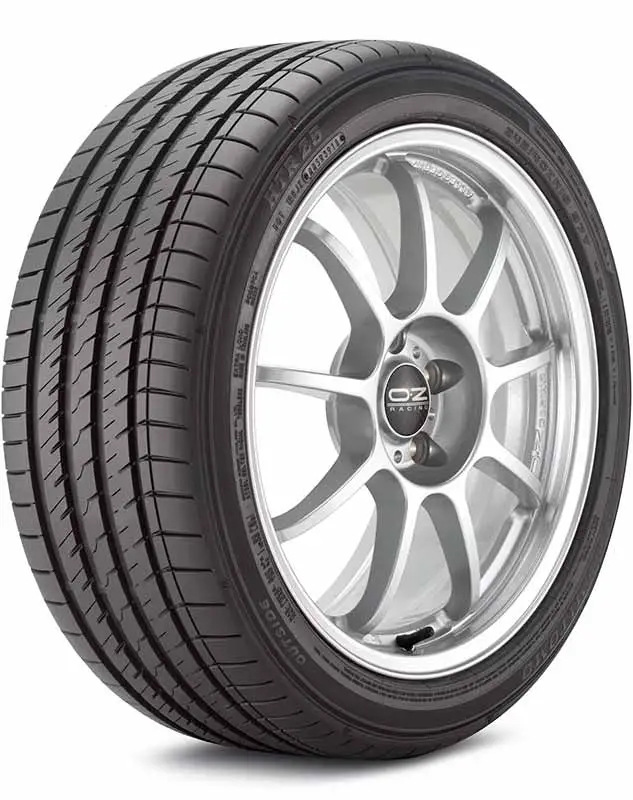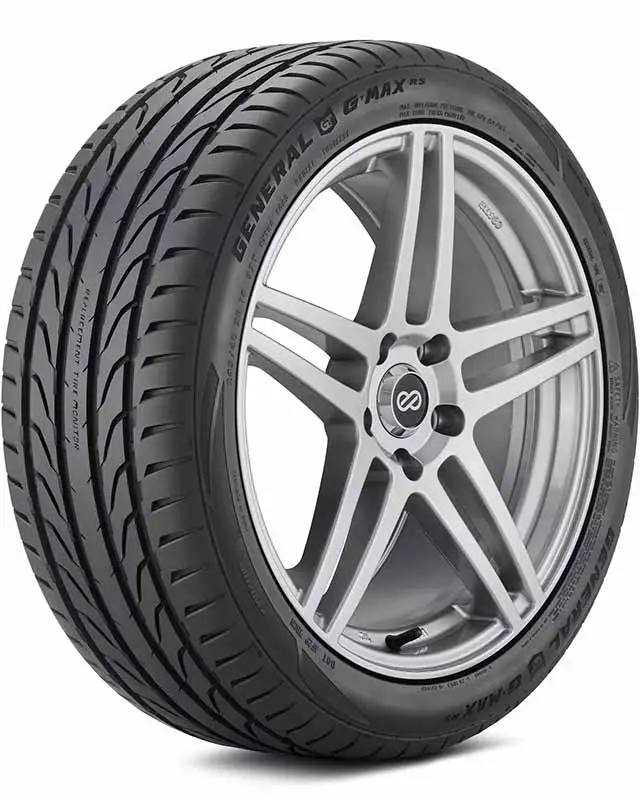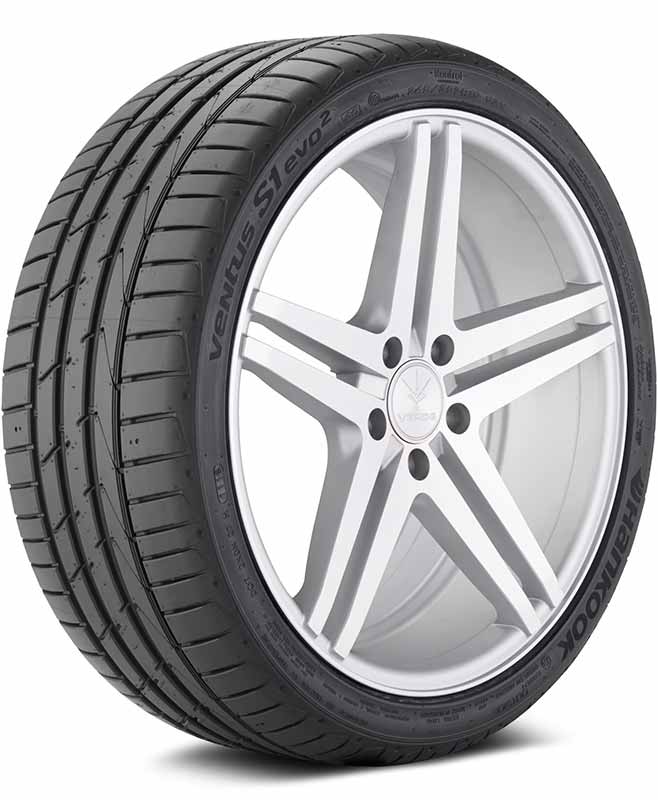Before we get started, we’ll let you know that tire rotation doesn’t affect alignment, but there are tire rotation problems that can have symptoms that are similar to symptoms of an alignment problem.
In this article we’ll try to cover some of the common problems that can arise after rotating tires that can seem like alignment problems.
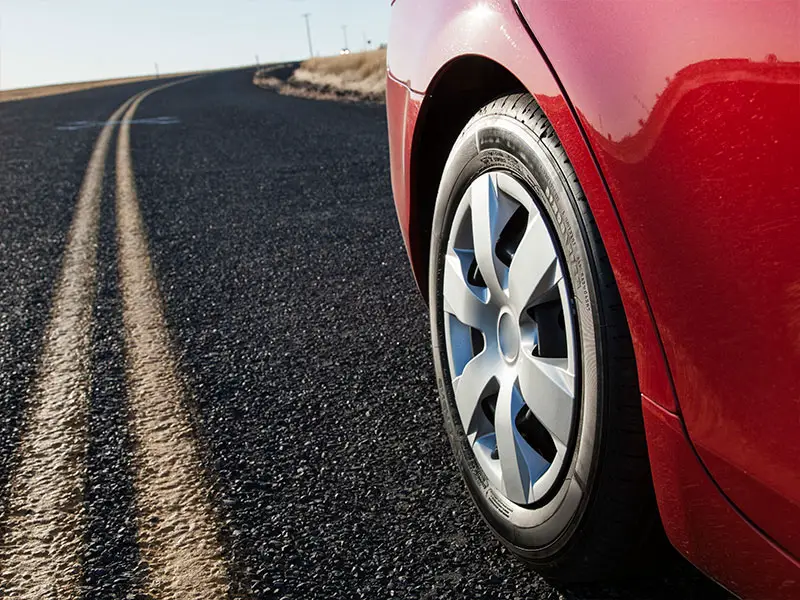
Another important point to be aware of is that when you rotate your tires you may begin to notice alignment problems that weren’t as noticeable before tire rotation. It’s also possible that an alignment problem just wasn’t noticed until after you rotate your tires.
Let’s cover everything you need to consider:
Does Tire Rotation Affect Alignment?
Tire rotation will not affect wheel alignment, but a tire rotation may have side effects similar to tire alignment problems. Also, alignment problems may be more noticeable after a tire rotation.
If you are experiencing minor pulling to one side or the other, you may want to give the tires time to wear evenly after the rotating to allow any uneven tire wear to wear away that may be causing the problem.
If the problem persists, you should take your car or truck to a trusted mechanic for a diagnosis.
Tire Rotation Vs Alignment
Tire rotation involves simply removing the wheels from your car or truck and moving them to a different corner of the vehicle. The location they are moved to depends on the tire rotation pattern recommended for your car or truck. This is usually based on which axle propels your vehicle forward.
Alignment is the adjustment of suspension components to ensure the tires come into contact with the road at the best angle to provide proper stability and handling. Each vehicle manufacturer will provide settings that are recommended.
Both rotation and alignment are important to make sure your vehicle travels straight, tires are wearing evenly, and you get the most tread life.
Alignment Off After Tire Rotation
If your alignment is off after you rotate your tires, it’s possible that the problem isn’t your alignment, but a bad tire.
Since rotating tires doesn’t affect alignment, a damaged tire on the rear may have been rotated to the front axle. A tire with broken belts or other problems can cause slight pulling to one side.
Defects in radial tires caused by broken belts that can cause pull to one side or the other is called “radial pull”. Radial pull can be caused by defects in new tires or due to damage. Damage that can cause steel belt damage is usually caused by potholes or severe curb strikes.
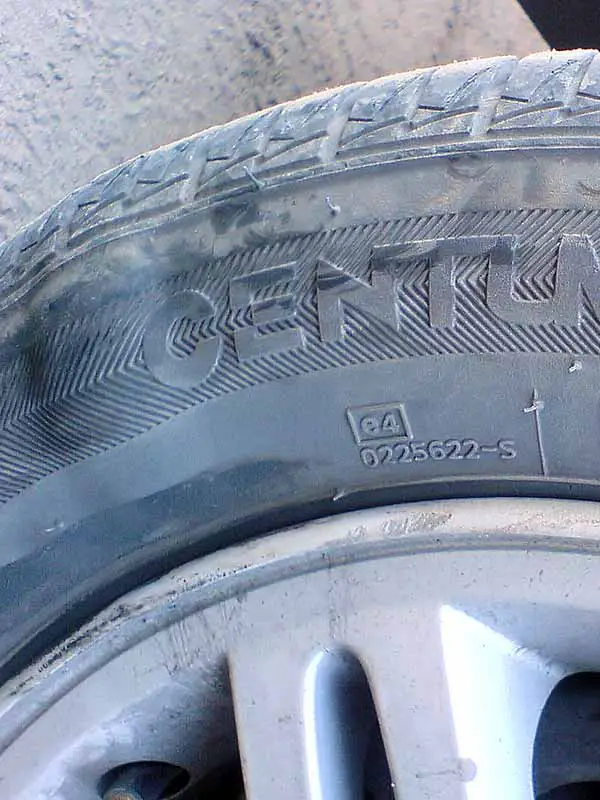
Do You Need An Alignment After Rotating Your Tires?
No. Alignment and tire rotation don’t affect each other. But it is recommended that you have an alignment performed regularly and having an alignment performed at the same time as a tire rotation can save money and time.
You should rotate your tires every 5,000 miles, or whatever your tire manufacturer recommends to maintain your tire warranty.
Tire alignment is recommended to be performed by many every one to two years. Others recommend every 6,000 miles.
We recommend rotating tires every 5,000 miles and performing a tire alignment every 10,000 miles. 5,000 mile tire rotations will satisfy most tire manufacturers. Wheel alignments performed every 10,000 miles is reasonable and allows you to have both services performed at the same time.
Tire Rotation Before Or After Alignment?
Since tire rotation and wheel alignment are completely independent tire maintenance services that have little affect on each other, the order they are performed doesn’t matter.
However, tire rotation should be performed more often than wheel alignment. 5,000 mile tire rotation and 10,000 mile wheel alignment is our recommendation unless you’re experiencing accelerated tire wear or you experience your vehicle pulling to one side.
You should still check your owner’s manual and follow any guidance suggested by the vehicle manufacturers.
Car Pulls To One Side After Tire Rotation
If you notice your car pulling to one side after rotating your tires, you may have a problem with a tire and not your alignment.
Since rotating your tires doesn’t affect wheel alignment, the problem is that either there was an alignment issue that wasn’t as noticeable before the rotation, or there is a damaged tire.
Sometimes, rotating your tires will make your vehicle pull to one side. Tire damage with rear tires is not usually noticeable until you rotate tires from the rear to the front.
Since your front tires are responsible for steering, bad rear tires rotated to the front tires can often seem like an alignment problem.
There still could be an alignment issue that needs to be fixed. Because of the new feel after a tire rotation, car owners often notice problems that weren’t obvious to them before having their tires rotated.
If notice uneven tire wear well after a tire rotation, your steering wheel isn’t centered, or noise and vibration are becoming worse instead of better, you should get your alignment checked.
Noise And Vibration After Tire Rotation
Cars and trucks will drive differently and feel weird after tire rotation. The tires will usually be louder and there could even be some vibrations for the first 50 miles or so after you rotate your tires. This causes car owners to pay more attention to issues that may not have been noticed earlier.
The unusual feeling, noise, and vibrations should begin to fade away after the tires wear into their new contact patches. This is after all, the reason for tire rotation. To make tires wear evenly.
If you continue to experience vibrations and noise after you rotate your tires you should have alignment and tire balance checked. You should also inspect your tires for uneven tread wear and tire damage.
Uneven Tire Wear
Uneven tire wear is usually the result of improper alignment although tires will have some uneven wear naturally due to the angles the car’s suspension system has to improve handling and stability.
A properly aligned car or truck will not have tires that sit perfectly flat with the road. They are always slightly angled and will cause some uneven tread wear, which is why we need to have tire rotation performed regularly.
There are some uneven tire wear patterns that aren’t caused by proper wheel alignment.
If you had these prior to your tire rotation, you probably still need to have a proper alignment performed. Tire rotation will often even these problems out in the short term, but the uneven tread wear will reappear if you don’t have a proper wheel alignment done.
Steering Wheel Off Center After Tire Rotation
If you notice your steering wheel is off center after a tire rotation, there are only a few reasons:
- The steering wheel was off center before and it wasn’t noticed
- The steering wheel needs to be turned slightly off center to drive in a straight line now
- The alignment has become misaligned due to damage that occurred after the tire rotation
While most people will assume that they would have noticed an off center steering wheel before, it might not have been as severe until the tires were rotated. It’s possible there is both a minor alignment problem and a defective or damaged tire that are both preventing the steering wheel from being centered.
A defective tire that was on the rear and now on the front may be causing the minor off center steering wheel to become more noticeable.
A steering wheel that is not centered, especially when driving in a straight line, is a common sign that you need a wheel alignment.
Even if your car or truck isn’t pulling to one side or the other, if the steering wheel isn’t centered as you drive, there is an alignment problem that needs to be addressed or some other issue that is causing the steering wheel to be misaligned.
It is possible that a pothole or curb strike have caused an alignment problem. Tire rotation itself won’t affect wheel alignment. Alignment problems generally only occur due to severe blows that damage suspension parts slightly or from wear to bushings within the suspension parts themselves. Failing shocks or other worn out suspension components can affect wheel alignment as well.
Does Tire Pressure Affect Alignment?
Your wheel alignment can be slightly affected by air pressure in car tires. If the pressure in one of your front tires is significantly low or high, it can change the angles to be out of spec compared to a proper tire alignment.
An under inflated tire will cause the vehicle’s suspension to sag while over inflation will cause the vehicle’s suspension to be overly elevated slightly.
Be sure to check your tire pressure and make sure that it matches the pressures listed on the vehicle manufacturer’s sticker in the driver’s door jam.
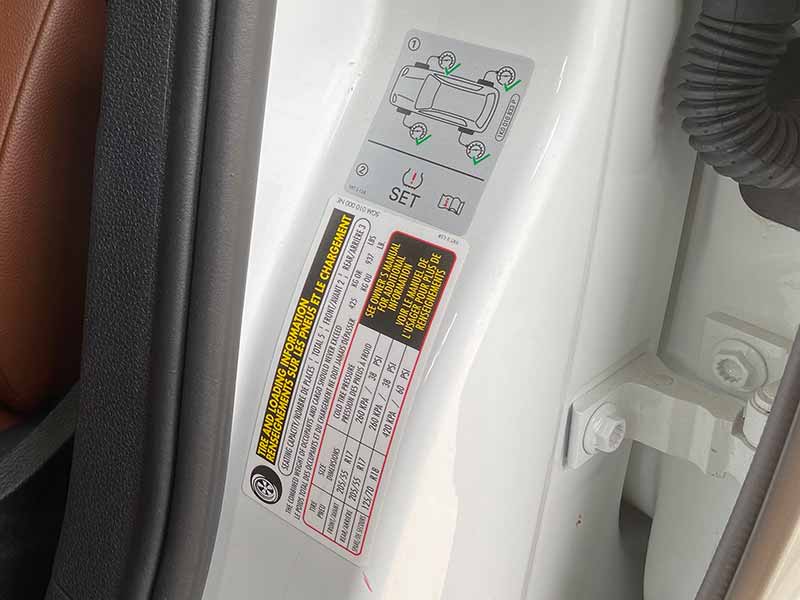
Resources
Below are some links you may find helpful when learning about tires
Final Thoughts
Even though rotation doesn’t affect alignment, it can make existing alignment problems more noticeable or tire damage that is similar to alignment problems more noticeable.
Hopefully we’ve covered any symptoms you’re currently experiencing and explained the potential problems that could be the root cause.
It’s important to rotate your tires regularly. Following the tire rotation frequency required by your tire manufacturer will ensure you don’t void your tire warranty. It will also help extend the life of your tires.
Tire experts generally recommend having tires rotated every 5,000 miles. This is excellent guidance and will meet or exceed the requirements of most tire manufacturers.
Tire alignment also needs to be performed every 10,000 miles (every other tire rotation). Alignment tends to stay in spec unless there is suspension damage of some kind.
For more details, we highly recommend reading our articles on “What is tire alignment” and “What is tire rotation“.
